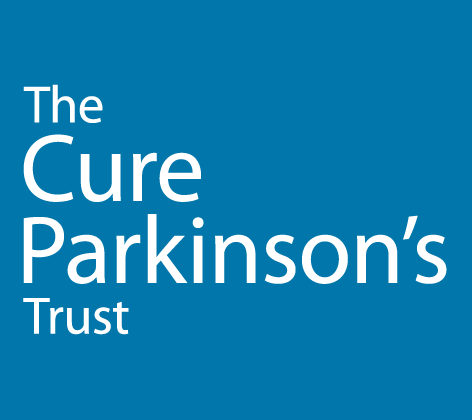Click the play button for the audio version of this Research Summary
Trophic factors: Harnessing the brain’s potential to grow
Original article: Disease Modification for Parkinson’s Disease: Axonal Regeneration and Trophic Factors, Movement disorders: March 30, 2018.
The takeaway
Preclinical research has been successful in demonstrating that, contrary to existing knowledge, neurons can in fact be stimulated to grow and re-form lost dopamine pathways in the mature brain. Progress is also being made in protecting neurons from further degeneration using naturally occurring substances in the brain such as GDNF, but translating this success to human trials has been a challenge. Current trials are focusing on how to optimally deliver these substances to maximize their effect.
Why is it important?
Understanding why clinical trials fail is necessary in order to improve future trial design and the technologies used to deliver potentially important disease modifying substances.
%
IMPACT
- Novelty 65%
- Proximity 70%
- Deliverability 60%
Impact Opinion
“This is a timely review of the field of neurotrophic factors in Parkinson’s as we await the final results of the GDNF-Bristol trial and look forward to the completion of the CDNF clinical trial in Finland and Sweden. Neurotrophic factors have long been viewed with great hope and expectations, but as this review shows, there are still a lot of unanswered questions.”
Background
The main efforts in disease modification for Parkinson’s are focusing on how to 1) restore dopaminergic circuitries already lost at diagnosis and 2) protect unaffected neurons to arrest the disease in its tracks. Until recently, regeneration of the axon, the part of the neuron that makes connections to neighbouring cells was thought to be impossible. But new findings reveal this is not the case. The main thrust of these efforts relies on trophic factors (trophic is Greek for feeding, nourishment) which occur naturally in the brain.
The details
How can axonal regeneration be stimulated? GDNF (Glial Derived Neurotrophic Factor) has been shown to cause neuronal sprouting. This paper reviews findings from another line of work, focusing on the Myr-Akt kinase, which is central to axonal growth during the earliest stages of life. The molecular signaling required to ensure that axons grow into the right regions, accurately, and stopping this growth appropriately is highly complex. Findings from animal studies have shown that administering this substance to damaged adult neurons causes their axons to regrow and form a new, functional dopamine pathway within the brain.
How can existing neurons be protected? Most research has focused on GDNF and neurturin, which belongs to the same family of proteins. Although animal studies have been promising, human trials are have unfortunately so far been inconclusive. One of the main difficulties has been that animal models fail to capture the long term nature of increasing damage to remaining neurons in Parkinson’s, rendering neurons much less responsive. In addition, it is thought that alpha synuclein itself interferes with the way that neurons can actually take up and respond to these trophic factors, but preclinical work has generally not included alpha synuclein in these models. The final hurdle and as yet unanswered questions pertain to what constitutes the adequate dose, and the optimal, precise and effective mode of delivery within the brain.
Next steps
The Cure Parkinson’s Trust is supporting an important trial of long-term GDNF infusions with pin-point precision into the brain, with a novel highly specialized infusion delivery device. The trial is currently running in Cambridge and Bristol.
Where can I learn more?
See work The Cure Parkinson’s Trust support on GDNF:
Original article: Kordower JH, Burke RE, March 30, 2018. Disease Modification for Parkinson’s Disease: Axonal Regeneration and Trophic Factors, Movement disorders.
.



